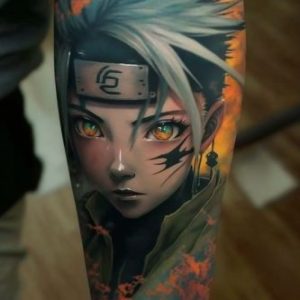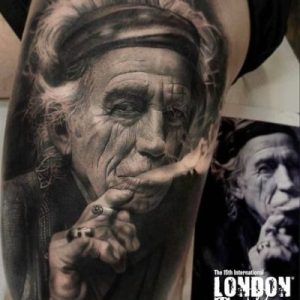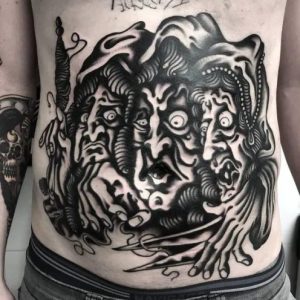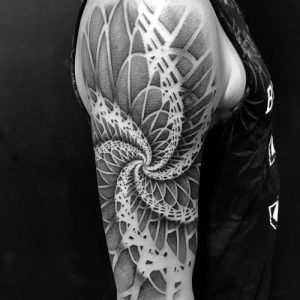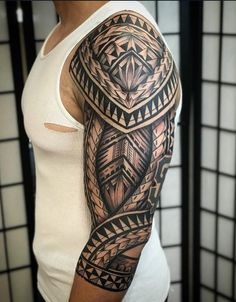
Māori tattoos, known as “tā moko,” have a long and storied history deeply rooted in the culture and traditions of the Māori people of New Zealand.
These intricate and symbolic tattoos hold immense significance and continue to be an essential part of Māori identity.
In this article, we will delve into the captivating history and symbolism of Māori tattoos, shedding light on their cultural importance and artistic expression.
-Historical Origins
Māori tattoos have a history that stretches back centuries.
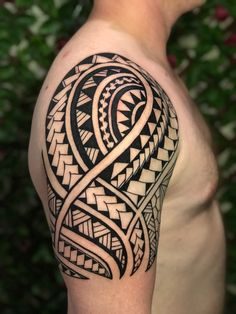
The art of tā moko was brought to New Zealand by the Polynesian ancestors of the Māori people.
Originally, the tattoos were chiseled into the skin using bone chisels, known as “uhi,” which left grooves on the body.
Over time, the technique evolved, and the uhi was replaced by metal tools.
-Cultural Significance
Māori tattoos hold immense cultural significance and are deeply intertwined with the identity of the wearer.
Each tattoo is unique and tells a personal story.
They represent a person’s ancestry, social status, achievements, and affiliations with particular tribes or groups.
Māori tattoos also serve as a form of spiritual protection and connection to their ancestors, providing a sense of identity and belonging.
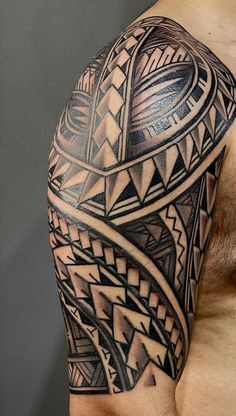
-Symbolism and Designs
The designs and symbols found in Māori tattoos are rich in meaning.
Each element has its own significance and often represents specific aspects of Māori culture and mythology.
For example, the koru, a spiral shape, symbolizes new life, growth, and the unfolding fern frond.
Other common symbols include manaia (guardian spirits), taniwha (water spirits), and whakairo (carvings).
-Gender and Placement
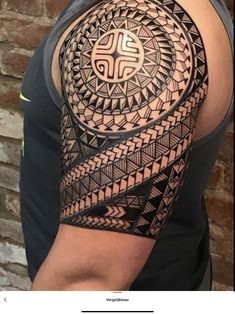
In Māori culture, the placement of tattoos and their designs can vary based on gender.
Men traditionally receive tattoos on their faces (moko kauae) and thighs, while women typically have tattoos on their chins and lips.
However, the placement and designs are not strictly limited to these areas, and modern interpretations have expanded the possibilities.
-Revival and Contemporary Influence
During the colonial era, Māori tattoos faced suppression and decline.
However, in recent decades, there has been a significant revival of interest in Māori culture and traditions.
Māori tattoo artists, often called “tohunga tā moko,” have played a crucial role in revitalizing the art form and ensuring its cultural authenticity.
Today, Māori tattoos are not only cherished by the Māori people but have gained international recognition and appreciation.
Māori tattoos, or tā moko, are a testament to the rich cultural heritage of the Māori people.
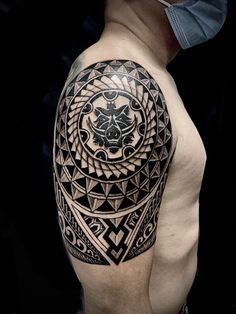
Their history and symbolism make them more than just beautiful designs on the skin; they represent the story, heritage, and spiritual connection of the wearer.
As these tattoos continue to evolve and gain global recognition, it is essential to appreciate and respect their cultural significance.
Māori tattoos are not merely a trend but a profound expression of identity and a celebration of Māori culture.

